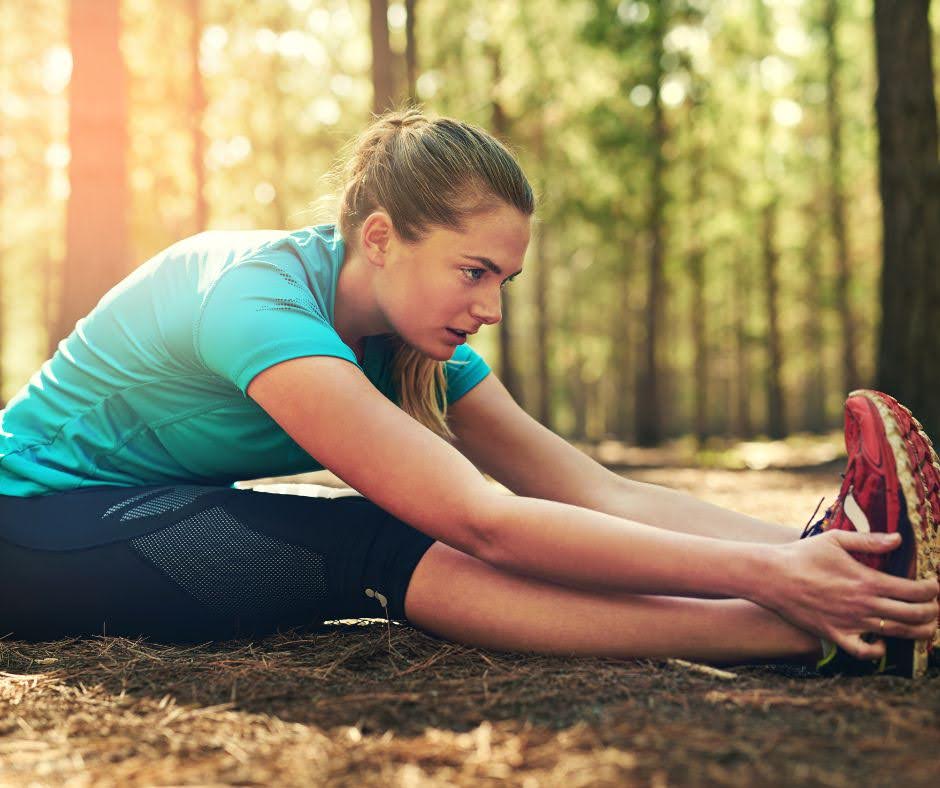In the pursuit of physical fitness and well-being, injuries can often become an unfortunate setback. Whether you’re engaged in rigorous weightlifting, dynamic Pilates routines, or exploring other fitness activities, safeguarding your body against injuries is paramount. Let’s take a holistic approach to a common question by merging insights from osteopathy, Pilates, and other health sciences, to offer practical tips for injury prevention in fitness training.
Understanding Injury Mechanisms
Before looking deeper into prevention strategies, it’s essential to grasp the underlying mechanisms of fitness-related injuries. Overuse, poor technique, inadequate warm-up, and biomechanical imbalances are common culprits.
Osteopathy emphasizes the importance of structural alignment and joint mobility, while Pilates focuses on core stability and balanced muscle development. Integrating these principles into your training can significantly mitigate injury risks.
Tip 1: Prioritize Proper Technique
Regardless of your chosen fitness modality, adhering to proper technique is non-negotiable. Osteopathic principles encourage optimal alignment and movement patterns, which can reduce stress on joints and soft tissues.
Pilates, with its emphasis on precise movement control, reinforces the importance of alignment and muscle engagement. Invest time in learning correct form under the guidance of certified instructors to prevent injuries and maximize effectiveness.
Tip 2: Gradually Progress Intensity
In the pursuit of progress, it’s tempting to push your limits beyond reasonable bounds. However, rapid intensity escalation often leads to overuse injuries and burnout. Whether you’re lifting weights or practicing Pilates, embrace a gradual progression approach.
This allows your body to adapt incrementally, reducing the risk of strains, sprains, and stress fractures. Remember, sustainable progress outweighs short-term gains.
Tip 3: Incorporate Dynamic Warm-Up and Cool-Down
Adequate warm-up and cool-down routines are cornerstones of injury prevention. Osteopathy emphasizes the importance of preparing the body for movement through gentle mobilization and stretching.
Pilates complements this with dynamic warm-up sequences that activate key muscle groups and enhance circulation. Prioritize dynamic movements that mimic your workout’s demands during warm-up, and include static stretches and self-myofascial release techniques during cool-down to promote muscle recovery and flexibility.
Tip 4: Listen to Your Body
One of the fundamental tenets of both osteopathy and Pilates is fostering awareness of bodily sensations and signals. Pay close attention to any signs of discomfort, pain, or fatigue during training sessions.
Ignoring these warning signs can exacerbate underlying issues and lead to serious injuries. Be proactive in addressing minor discomforts by modifying exercises, adjusting intensity, or seeking professional guidance from osteopaths or Pilates instructors.
Tip 5: Maintain Balanced Strength and Flexibility
Imbalances between muscle strength and flexibility are fertile ground for injuries. Osteopathy emphasizes restoring optimal musculoskeletal balance through manual therapy and corrective exercises.
Pilates, with its focus on balanced muscle development and flexibility, complements this approach. Incorporate exercises that target both strength and flexibility across all major muscle groups to prevent asymmetries and reduce injury risks.
Final Thoughts
In the realm of fitness training, injuries are not inevitable pitfalls but rather avoidable obstacles that can be navigated with foresight and diligence. By integrating principles from osteopathy, Pilates, and other health sciences, individuals can cultivate a resilient body capable of withstanding the rigours of training.
Prioritize proper technique, gradual progression, dynamic warm-up and cool-down, attentive self-awareness, and balanced strength and flexibility to safeguard against injuries and embark on a journey of sustainable fitness and well-being.
